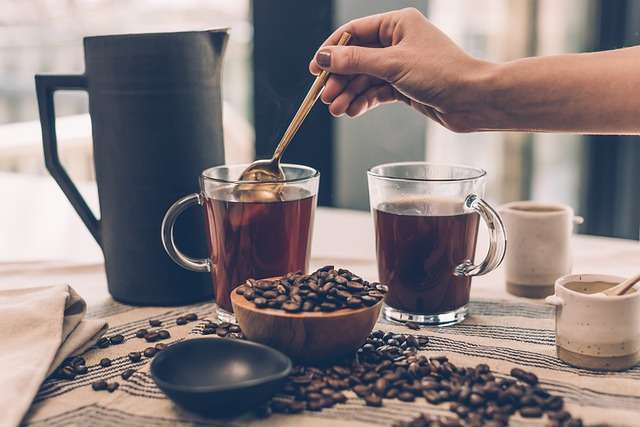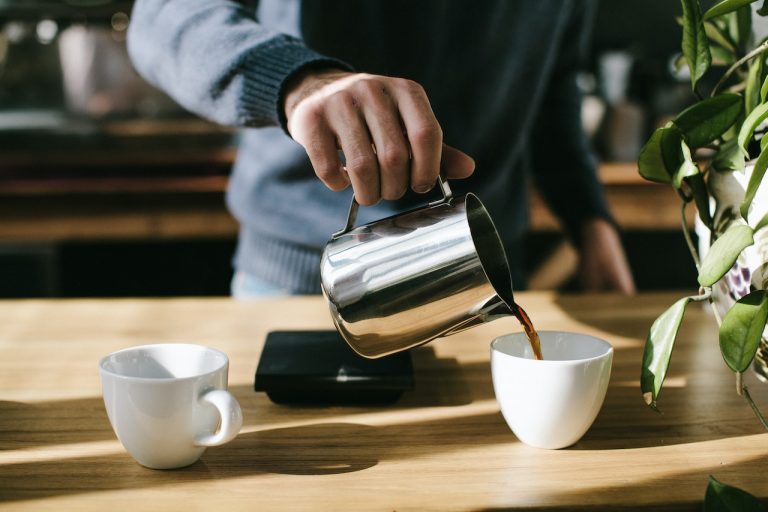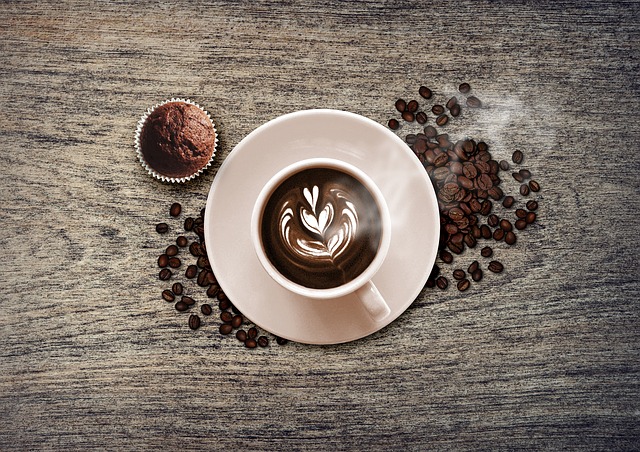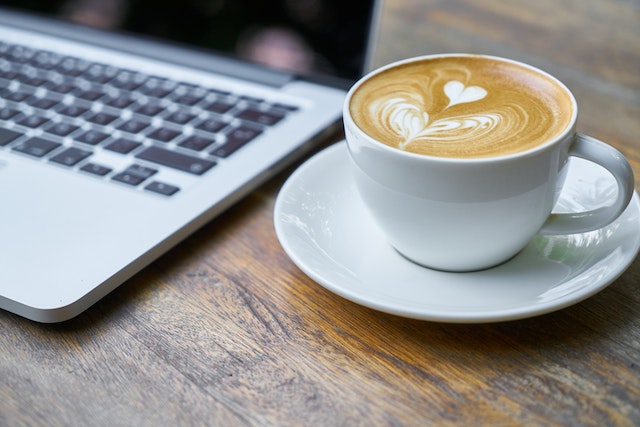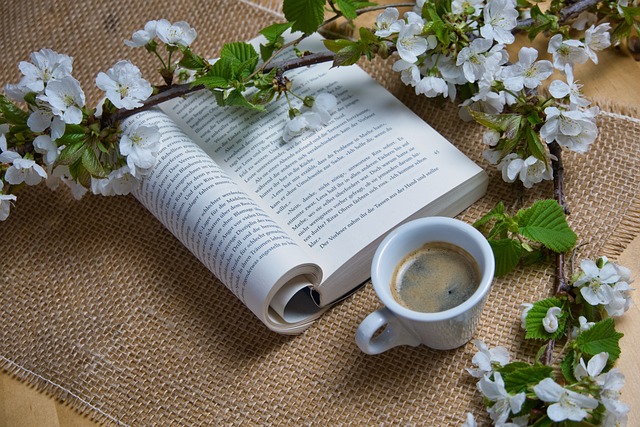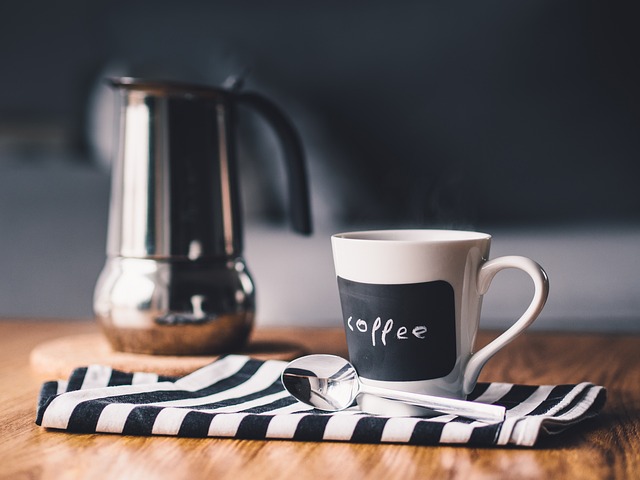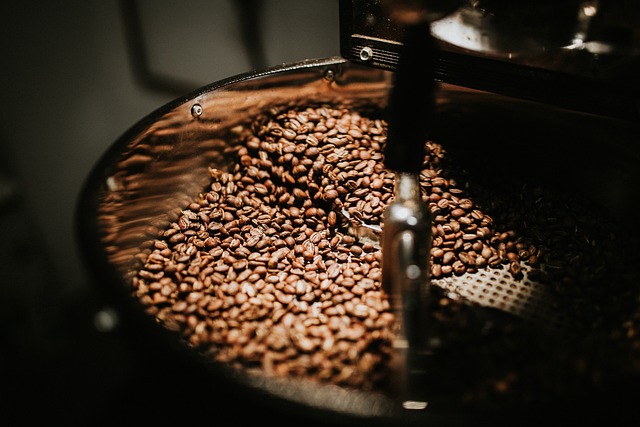Which Coffee Brewing Method Has the Most Caffeine?
Brief overview of the importance of caffeine in coffee culture

1. Caffeine as a stimulant
Caffeine is a natural stimulant found in coffee beans, tea leaves, and cocoa beans. This psychoactive substance is widely consumed, providing an essential energy boost to help people stay focused and alert throughout the day. Millions of people worldwide rely on a steaming cup of coffee to kick-start their mornings and fuel their daily grind.
2. Popularity of coffee as a caffeinated beverage
Coffee, as a caffeinated beverage, has skyrocketed in popularity over the years. Today, it is a global phenomenon, with a vast array of brewing methods, flavors, and strengths to cater to diverse tastes and preferences. From cozy neighborhood cafes to trendy coffee shops, the world of coffee has evolved into a thriving industry, connecting people from all walks of life.
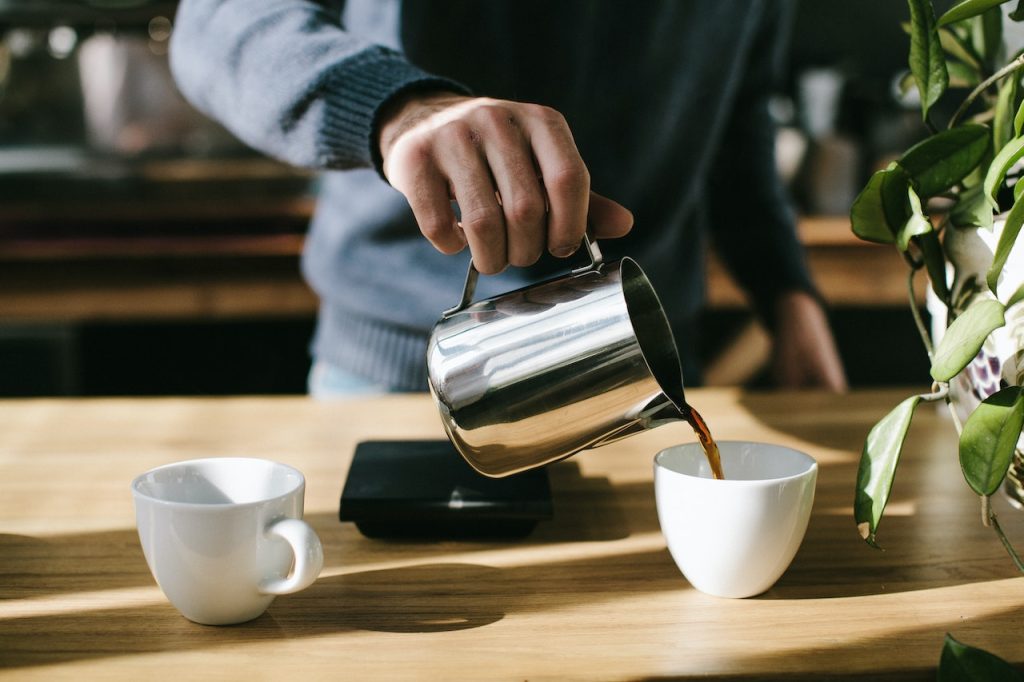
Which coffee brewing method gives the highest caffeine content
In this article, we will explore various coffee brewing methods and compare their caffeine content. By the end, we will identify which method packs the most caffeinated punch, allowing coffee enthusiasts to make an informed choice when it comes to brewing their daily cups.
Brief introduction to common coffee brewing methods
There are several popular coffee brewing methods, including:
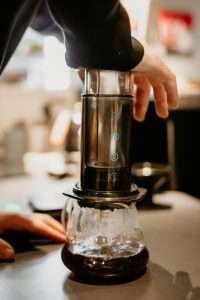
- Drip coffee
- French press
- Espresso
- Cold brew
- AeroPress
- Moka pot
Let’s delve into each brewing method, unravel their unique processes, and uncover the caffeine content in every cup.
Examination of each coffee brewing method
1. Description of the process
a. Drip coffee
Drip coffee is a widely-used brewing method that involves pouring hot water over ground coffee beans in a filter. The water extracts the coffee’s flavors and oils, drips through the filter, and collects in a pot or carafe below. Drip coffee machines come in various sizes and functionalities, catering to different household and office needs. They are popular for their convenience and consistency.
b. French press
The French press, also known as a press pot or plunger pot, is a manual brewing method. It requires steeping coarsely ground coffee in hot water before separating the coffee grounds using a built-in metal or mesh plunger. The French press offers a full-bodied, rich, and robust flavor profile, allowing coffee lovers to customize their brews by adjusting the coffee-to-water ratio and steeping time.
c. Espresso
Espresso is a concentrated coffee made by forcing hot water through finely ground coffee beans under high pressure. This brewing method is typically associated with professional espresso machines found in cafes and coffee shops. However, home espresso machines and stovetop espresso makers are also available for personal use. Espresso serves as the base for various coffee drinks, such as cappuccinos, lattes, and macchiatos.
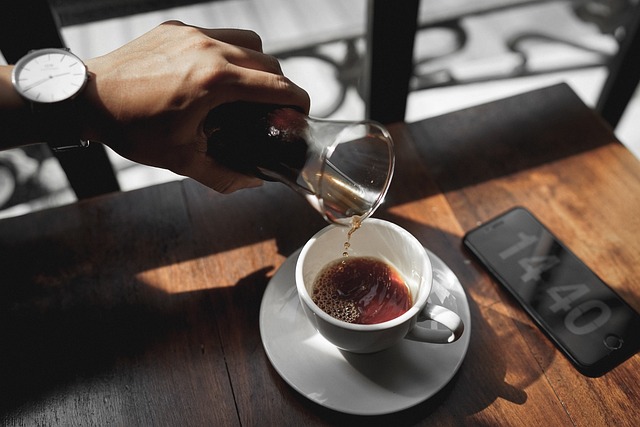
d. Cold brew
Cold brew coffee is created by steeping coarsely ground coffee beans in cold water for an extended period, typically 12-24 hours. The result is a smooth, less acidic, and highly concentrated coffee that can be diluted with water or milk. Cold brew has gained popularity in recent years, especially during warmer months, for its refreshing taste and versatility. It can be enjoyed over ice, mixed with milk or cream, or used as a base for creative coffee concoctions.
e. AeroPress
The AeroPress is a portable brewing device that utilizes pressure to extract coffee. Hot water and coffee grounds are mixed in a chamber before being pressed through a paper or metal
filter using a plunger. This method is known for its quick brewing time and the ability to produce a smooth, full-flavored cup of coffee with minimal bitterness. The AeroPress is particularly popular among travelers and outdoor enthusiasts, thanks to its compact and lightweight design.
f. Moka pot
The Moka pot is a stovetop coffee maker that brews coffee by passing pressurized hot water through ground coffee. It produces a strong, espresso-like coffee, which is a favorite among those who appreciate bold and intense flavors. The Moka pot is an iconic symbol of Italian coffee culture and is commonly found in Italian households.
2. Factors affecting caffeine content (e.g., grind size, brewing time, water temperature)
Caffeine content in coffee can be influenced by several factors, including the grind size, brewing time, and water temperature. Generally, a finer grind, longer brewing time, and higher water temperature increase the caffeine extraction. However, over-extraction can lead to a bitter and unpleasant taste, so it is essential to strike the right balance between flavor and caffeine content.
3. Average caffeine content per serving
| Brewing Method | Caffeine Content (mg) | Serving Size |
|---|---|---|
| Drip Coffee | 95-165 | 8 oz (240 ml) |
| French Press | 80-135 | 8 oz (240 ml) |
| Espresso | 63 | 1 oz (30 ml) |
| Cold Brew | 150-200 | 8 oz (240 ml) |
| AeroPress | 80-130 | 8 oz (240 ml) |
| Moka Pot | 130-200 | 6 oz (180 ml) |
per serving for each brewing method, allowing for easy comparison.
Comparison of caffeine content across brewing methods

1. Identifying factors contributing to higher caffeine content
Several factors contribute to the varying caffeine content in different brewing methods:
- The coffee-to-water ratio: A higher coffee-to-water ratio will generally result in a higher caffeine concentration.
- Brewing time: Longer brewing times tend to extract more caffeine from the coffee grounds.
- Water temperature: Higher water temperatures promote increased caffeine extraction.
2. Discussing the role of coffee beans and roast level in caffeine content
The type of coffee beans and their roast level also play a role in determining caffeine content:
- Coffee beans: Robusta beans contain more caffeine than Arabica beans, so the bean choice will impact the caffeine concentration. However, Arabica beans are more popular due to their superior flavor and aroma.
- Roast level: Lighter roasts typically have a slightly higher caffeine content than darker roasts due to the minimal breakdown of caffeine molecules during the roasting process. However, the difference is often negligible, and personal taste preferences often guide the choice of roast level.
3. Addressing misconceptions and common beliefs about caffeine content in different brewing methods
There are some misconceptions regarding the caffeine content in various brewing methods. For example, some people believe that espresso contains more caffeine than drip coffee. However, when considering the serving size, a single shot of espresso typically contains less caffeine than an 8-ounce cup of drip coffee. That said, if you were to drink the same volume of each, espresso would indeed pack a more significant caffeine punch.
Another common belief is that cold brew has a lower caffeine content due to the absence of heat during the brewing process. Contrary to this belief, cold brew often has a higher caffeine concentration because of its longer brewing time and higher coffee-to-water ratio. This method results in a more potent concentrate, which can be diluted to the desired strength.
Conclusion
Recap of findings on the coffee brewing method with the highest caffeine content
Based on the average caffeine content per serving, the Moka pot appears to have the highest caffeine content, followed closely by cold brew.
However, personal preferences and brewing variables can influence the caffeine content in each method, making it essential to consider individual tastes and requirements when choosing a brewing method.
B. Acknowledgment of personal preferences and factors that can influence the caffeine content
It is crucial to acknowledge that personal preferences play a significant role in selecting the perfect coffee brewing method. What works for one person might not work for another. Additionally, factors like the type of coffee beans, roast level, and brewing parameters can significantly impact the caffeine content in your cup. For instance, using Robusta beans instead of Arabica beans or adjusting the coffee-to-water ratio can alter the caffeine concentration in your coffee.
Encouragement to experiment with different brewing methods to find the ideal balance of flavor and caffeine for individual tastes
The world of coffee is vast and fascinating, with numerous brewing methods to explore. Don’t be afraid to experiment and find the perfect balance of flavor and caffeine that suits your taste buds and lifestyle. Whether you prefer the bold flavors of a Moka pot, the smooth and rich taste of a cold brew, or the classic drip coffee experience, there’s a brewing method out there for everyone. So, embark on your caffeinated journey and discover your ideal cup of joe!
The importance of enjoying coffee responsibly and considering health implications
While it is fascinating to explore different brewing methods and caffeine content, it is also essential to be mindful of caffeine consumption and its potential health implications. Excessive caffeine intake can lead to adverse effects such as increased heart rate, anxiety, and sleep disturbances. It is crucial to find a balance that suits your personal needs and health, ensuring that you enjoy your coffee responsibly.
In conclusion, the Moka pot and cold brew methods offer the highest caffeine content among popular brewing techniques. However, the perfect cup of coffee is subjective, and personal preferences and brewing parameters can significantly influence caffeine levels. Experiment with various brewing methods, beans, and roast levels to find your ideal coffee experience. But remember to enjoy your coffee responsibly, taking into account the potential health implications of excessive caffeine consumption. Happy brewing!

